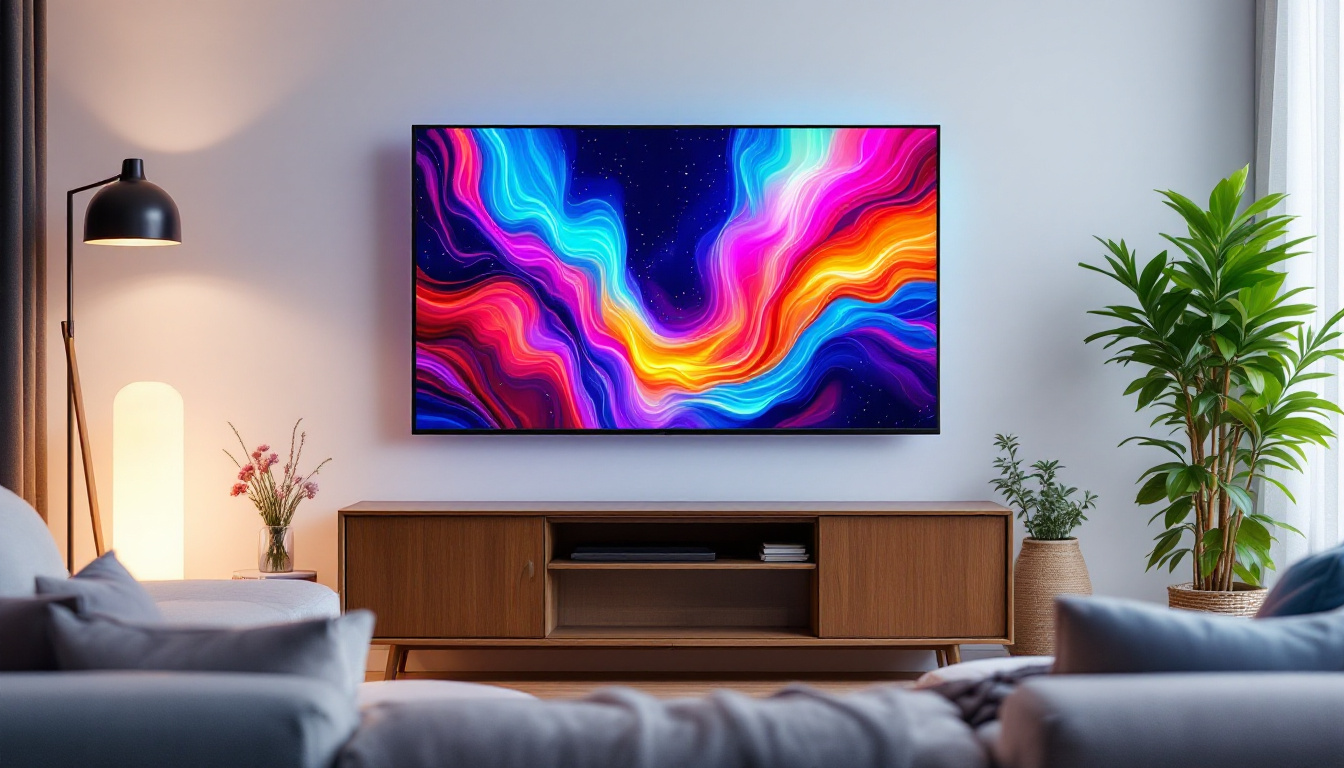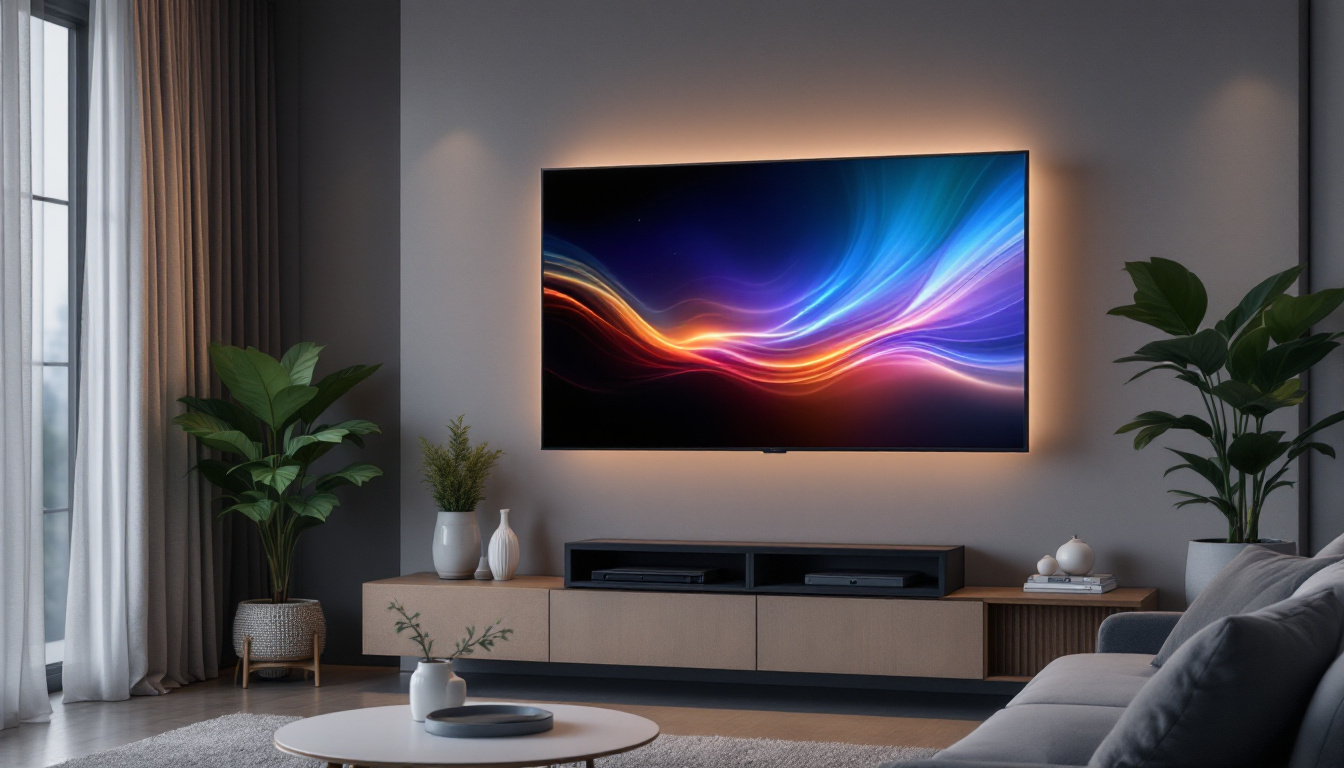In the ever-evolving landscape of television technology, the terms LCD, Plasma, and LED often come up in discussions about display quality and performance. While many consumers may have a basic understanding of these technologies, the nuances between them can be quite significant. This article aims to clarify the distinctions and similarities among LCD, Plasma, and LED displays, providing a comprehensive overview to help consumers make informed decisions.
Understanding the Basics of Display Technology
Before delving into the specifics of LCD, Plasma, and LED, it is essential to understand what these terms mean. Each represents a different method of producing images on a screen. While they all serve the same fundamental purpose, the technology behind each type varies significantly.
LCD Technology Explained
LCD, or Liquid Crystal Display, utilizes liquid crystals sandwiched between two layers of glass or plastic. When an electric current passes through the liquid crystals, they align to allow varying amounts of light to pass through, creating images. This technology has been widely adopted due to its relatively low power consumption and slim profile.
One of the key advantages of LCD technology is its ability to produce sharp images with high resolution. Additionally, LCD screens tend to be less expensive to manufacture, making them a popular choice for budget-conscious consumers. However, they do have limitations, particularly in terms of color accuracy and viewing angles compared to other technologies. Many modern LCDs have incorporated advancements such as In-Plane Switching (IPS) technology, which enhances color reproduction and allows for wider viewing angles, making them more versatile for various lighting conditions.
Plasma Technology Overview
Plasma displays, on the other hand, utilize small cells filled with gas that emit ultraviolet light when electrically charged. This light then excites phosphors on the screen, producing the visible colors. Plasma technology is known for its vibrant color reproduction and deep blacks, making it a favorite among home theater enthusiasts.
Despite their advantages, plasma displays have become less common in recent years due to their higher energy consumption and susceptibility to burn-in, where static images can leave a permanent mark on the screen. Additionally, plasma TVs are generally heavier and bulkier than their LCD counterparts, which can be a consideration for wall mounting or moving. However, many users appreciate the superior contrast ratios and motion handling capabilities of plasma screens, often preferring them for watching fast-paced sports or action films. As technology evolves, some manufacturers have begun to incorporate features that mitigate burn-in risks, allowing plasma displays to maintain their appeal for dedicated home cinema setups.
The Emergence of LED Technology
LED, or Light Emitting Diode, technology is often discussed in conjunction with LCD, as it is essentially a type of LCD display that uses LEDs for backlighting instead of traditional fluorescent tubes. This advancement has led to significant improvements in picture quality and energy efficiency. The transition from older technologies to LED has not only transformed the viewing experience but has also paved the way for innovations in display design, making screens thinner and more versatile than ever before.
How LED Backlighting Works
In an LED display, the use of LEDs as a light source allows for greater control over brightness and contrast. There are two primary types of LED backlighting: edge-lit and full-array. Edge-lit LED displays have LEDs positioned around the edges of the screen, while full-array displays have a grid of LEDs behind the entire screen. This configuration allows full-array displays to manage light more effectively, resulting in a more dynamic range of colors and deeper blacks, which is particularly evident in high-definition content.
Full-array LED displays typically offer better picture quality, as they can achieve local dimming. This means that specific areas of the screen can be dimmed or brightened independently, enhancing contrast and producing deeper blacks. Conversely, edge-lit displays may struggle with uniformity and can sometimes result in a washed-out appearance in dark scenes. The evolution of these technologies has also led to the development of advanced features such as HDR (High Dynamic Range), which further enhances the viewing experience by providing a wider range of colors and brightness levels, making images appear more lifelike.
Advantages of LED Technology
One of the most notable advantages of LED technology is its energy efficiency. LED displays consume significantly less power compared to traditional LCD and Plasma screens, making them an environmentally friendly option. Furthermore, the slim profile of LED TVs allows for sleek designs that fit well in modern living spaces. This compact design not only enhances aesthetics but also facilitates easier wall mounting and integration into various home entertainment setups.
Additionally, LED displays have improved color accuracy and brightness levels, making them suitable for a variety of viewing environments, including well-lit rooms. The advancements in LED technology have made it a dominant choice in the market today. Moreover, the longevity of LED lights means that consumers can enjoy their displays for years without the need for frequent replacements, further solidifying the appeal of LED technology. As manufacturers continue to innovate, we can expect even more exciting developments in LED technology, including improved smart features and integration with other devices, making our viewing experiences richer and more interactive than ever before.
Comparative Analysis: LCD vs. Plasma vs. LED
When choosing between LCD, Plasma, and LED displays, several factors come into play, including picture quality, energy efficiency, and overall cost. Understanding these differences can help consumers select the best option for their needs.
Picture Quality
Picture quality is often the most critical consideration for consumers. Plasma displays are renowned for their superior color accuracy and deep blacks, making them ideal for watching movies in dark environments. However, advancements in LED technology have significantly narrowed this gap, with many high-end LED models now offering excellent color reproduction and contrast.
LCD displays, while generally offering sharp images, can struggle with black levels and color accuracy, particularly in brightly lit rooms. However, the latest LCD models, especially those with LED backlighting, have improved significantly in this area.
Energy Efficiency
Energy efficiency is another vital consideration. LED displays are the clear winners in this category, consuming less power than both LCD and Plasma technologies. Plasma displays tend to consume more energy due to their design and the way they produce images, which can lead to higher electricity bills over time.
For consumers conscious of their environmental impact or looking to save on energy costs, LED technology is the most sustainable choice.
Cost Considerations
Cost is often a decisive factor in purchasing decisions. Generally, LCD displays are the most affordable option, followed closely by LED models. Plasma displays, while they may offer superior picture quality, are often priced higher due to their manufacturing costs and decreasing availability in the market.
However, prices can vary widely based on brand, features, and screen size. Consumers should consider their budget and the specific features they desire when making a decision.
Future Trends in Display Technology
The world of display technology is constantly evolving, with new advancements and innovations emerging regularly. As technology progresses, several trends are shaping the future of television displays.
OLED Technology
One of the most exciting developments in display technology is OLED, or Organic Light Emitting Diode. Unlike traditional LED displays, OLED screens do not require backlighting, as each pixel emits its own light. This results in incredible contrast ratios, vibrant colors, and ultra-thin designs.
OLED technology is gaining popularity among consumers and manufacturers alike, with many high-end TVs now featuring OLED panels. As production costs decrease, it is expected that OLED will become more accessible to a broader audience, potentially replacing both LCD and Plasma technologies in the future.
8K Resolution
Another trend gaining traction is the push towards 8K resolution. While 4K has become the standard for high-definition viewing, 8K offers even greater detail and clarity. Although content in 8K is still limited, advancements in upscaling technology are allowing lower-resolution content to be displayed with improved quality on 8K screens.
As more 8K content becomes available, consumers may find themselves drawn to this cutting-edge technology, further influencing the market landscape.
Smart TV Features
Smart TV functionality is becoming increasingly standard across all types of displays. Consumers now expect their TVs to offer internet connectivity, streaming services, and smart home integration. This trend is likely to continue, with manufacturers focusing on enhancing user experience through intuitive interfaces and advanced features.
As smart technology evolves, the integration of artificial intelligence and machine learning may further enhance viewing experiences, making televisions not just a source of entertainment but also a central hub for home automation.
Conclusion
In summary, understanding the differences between LCD, Plasma, and LED displays is crucial for making informed purchasing decisions. While Plasma technology offers excellent picture quality, its drawbacks have led to a decline in popularity. LCD displays remain a cost-effective choice, while LED technology has emerged as the frontrunner due to its energy efficiency and superior performance.
As technology continues to advance, consumers can look forward to exciting developments such as OLED, 8K resolution, and smart TV features. By staying informed about these trends, individuals can make choices that best suit their viewing preferences and lifestyle needs.
Ultimately, the right display technology will depend on individual preferences, budget, and intended use. Whether it’s for binge-watching the latest series, enjoying a cinematic experience, or gaming, understanding the nuances of each technology will lead to a more satisfying viewing experience.
Discover the Future of Visual Experience with LumenMatrix
Ready to elevate your viewing experience with the latest in LED display technology? LumenMatrix is at the forefront of innovation, offering a wide array of LED display solutions that cater to your every need. From mesmerizing Indoor and Outdoor LED Wall Displays to dynamic Vehicle and Sports LED Displays, our products are designed to make your brand stand out and your visual communications resonate. Embrace the future with our captivating Floor, Custom, and All-in-One LED Displays, including the cutting-edge LED Transparent Display. Don’t just watch the future unfold—be a part of it. Check out LumenMatrix LED Display Solutions today and transform your space into a hub of engagement and impact.































